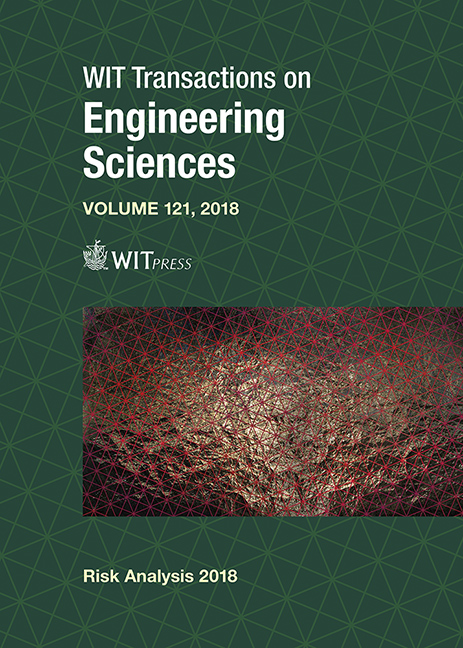MODELLING OF FUTURE FLOOD RISK ACROSS CANADA DUE TO CLIMATE CHANGE
Price
Free (open access)
Transaction
Volume
121
Pages
11
Page Range
149 - 159
Published
2018
Paper DOI
10.2495/RISK180131
Copyright
WIT Press
Author(s)
AYUSHI GAUR, ABHISHEK GAUR, SLOBODAN P. SIMONOVIC
Abstract
Climate change has induced changes in key climate variables and hydrological cycles across Canada. With continuous emission of greenhouse gases, this trend is expected to continue over the 21st century and beyond. In this study, a macro-scaled hydrodynamic model is used to simulate 25 km resolution daily streamflow across Canada for historical (1961–2005) and future (2061–2100) timelines. Future projections from 21 General Climate Models (GCMs) following four Representative Concentration Pathways (RCPs) are used for analysis. Changes in the frequency and magnitude of historical 100-year and 250-year return period flood events and month of occurrence of peak flow are analyzed. Results obtained from uncertainty analysis for both return period flood events found that flood frequency will increase in most of northern Canada, southern Ontario, southern British Columbia, northern Alberta, Manitoba and Saskatchewan. However, northern British Columbia, northern Ontario, Manitoba and north-eastern Quebec will be facing a decrease in flood frequency. Aggregated results indicate early summertime extreme flows in the regions such as Alberta, Saskatchewan, Manitoba, Quebec, southern Ontario and some parts of Nunavut and Yukon territories, whereas the British Columbia region is mostly projected with increases in wintertime flooding. The projected flood hazard changes at 100 most populous Canadian cities and flow regulation infrastructure (FRI) are used to quantify future changes in flood risk. Results indicate that 40–60% of Canada’s 100 most populated cities including many prominent cities such as Toronto and Montreal are high at risk of increased riverine flooding under climate change. Among the 1,072 FRIs analyzed, 45–60% of them can be expected to experience increases in flood magnitudes in the future whereas 25–60% of them can be expected to experience changes in flood timing.
Keywords
climate change, Canada, flooding frequency, catchment based macroscale floodplain model, uncertainty





